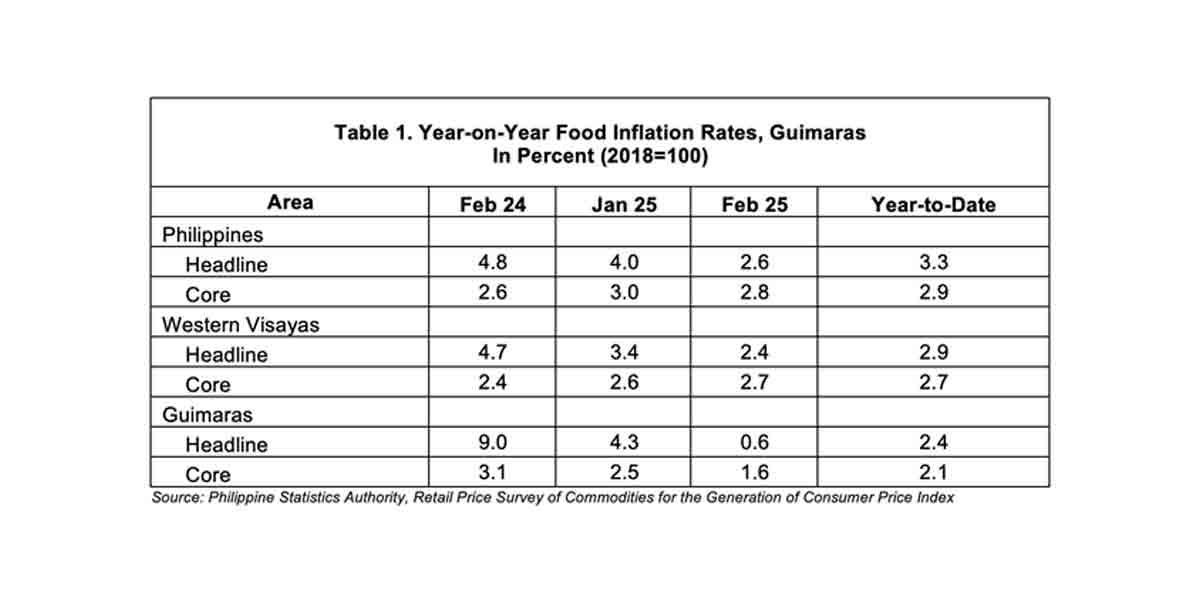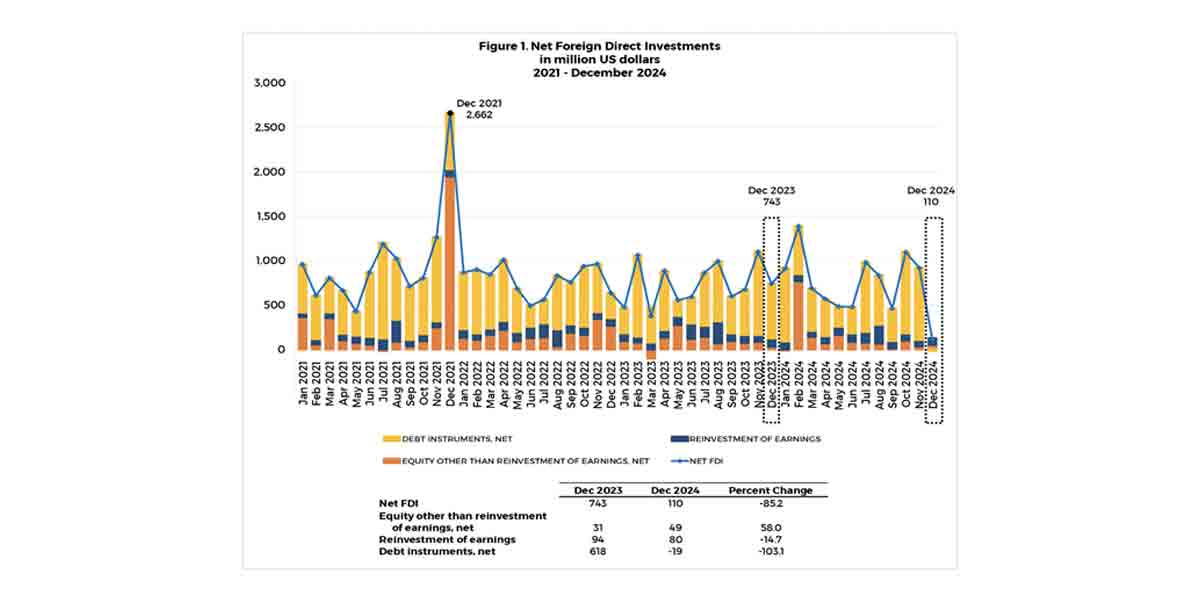By Engr. Carlos V. Cornejo
This is a book on how to effectively advertise your product or service. “Building a Story Brand: Clarify Your Message So Customers Will Listen” by Donald Miller. Most advertisements fail because they don’t base it on the thing that never makes us bored: stories. It’s the reason why there are so many books and movies because stories eternally entertain us. If you make your advertisement founded on stories, you have a better chance of getting the potential customers attention.
The author says, “In a story, audiences must always know who the hero is, what the hero wants, who the hero has to defeat to get what they want, what tragic thing will happen if the hero doesn’t win, and what wonderful thing will happen if they do. If an audience can’t answer these basic questions, they’ll check out and the movie will lose millions at the box office.” When marketing your personal brand, your startup, or the business you’re working for, capture your
customer’s attention by answering four basic story questions below.
Who is the Hero?
“Your customer should be the hero of the story, not your brand. This is the secret every phenomenally successful business understands.” (Donald Miller) Your role as a marketer is to act as a guide in your customer’s story (you’re Yoda, and your customer is Luke Skywalker). Talk more about the customer and less about yourself. If you talk about your backstory, your goals, and your achievements, your customer won’t feel like a hero.
What Does the Hero Want?
In the first ten minutes of a good movie, the audience should know already what the hero wants or what is his goal in the movie. For example, at the beginning of Star Wars, Luke wants to avenge the death of his aunt and uncle. In Bourne Identity, Jason Bourne wants to know his true identity. The author says, “If ‘The Bourne Identity’ were a movie about a spy named Jason Bourne searching for his true identity, but it also included scenes of Bourne trying to lose weight, marry a girl, pass the bar exam, win on Jeopardy, and adopt a cat…The audience would lose interest.”
Craft your marketing messages around ONE THING your customer wants from your brand. What one result can you guide your customer toward? Here are a few examples from the book: (1) Landscaping Business: “We help make your yard look better than your neighbors.” (2) Donald Miller’s Story Brand company: “We’ll help you clarify your message so you can connect with more customers.”
Who Does the Hero Have to Defeat?
How exciting would Harry Potter be without Voldemort? How entertaining would Star Wars be without Darth Vader? How engaging would Rocky IV be without the big, bad Russian boxer?
“If we want our customers’ ears to perk up when we talk about our products and services, we should position those products and services as weapons they can use to defeat a villain. And the villain should be dastardly.” – Donald Miller
If you offer time management software, make distractions the villain ‐ personify distractions as evil bank robbers with masks, robbing your customers’ time and killing their entrepreneurial dreams. By personifying and clarifying a villain and positioning your business as a tool to defeat that villain, your customer will feel like a hero who’s ready to rise to the challenge.
What Tragic Thing Will Happen if the Hero Doesn’t Win?
If Harry Potter, Luke Skywalker, and Frodo don’t defeat their villain, an evil force will enslave the world (or galaxy)…there’s a lot at stake.
To make your marketing stories engaging, talk about the stakes – what is the cost of NOT doing business with you? Wendy’s did this with their, “Where’s the beef?” marketing campaign. Wendy’s wanted you to know that if you didn’t choose Wendy’s to satisfy your hamburger craving, you’d be stuck with an unsatisfying hamburger from another fast-food restaurant.
Clarifying what will happen if your hero doesn’t act is a powerful story tactic, but use it carefully. Adding fear to your message is like adding salt to your meal. Without it, your message is bland, but too much of it and your message is off‐putting. Including just a dash of fear makes your message a compelling story your customer wants to be a part of.
















